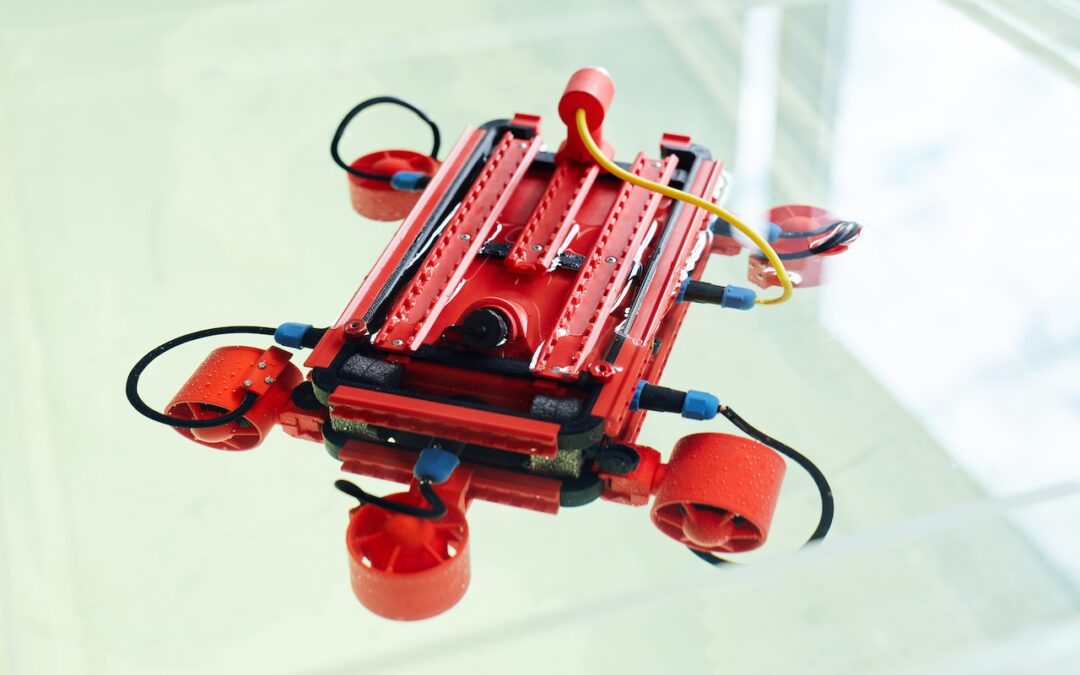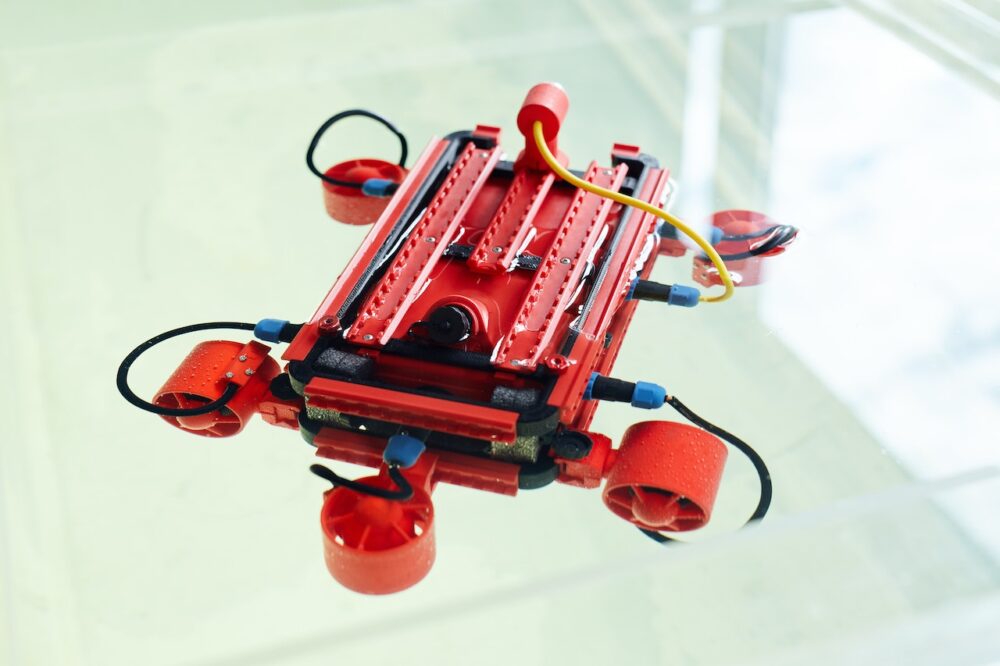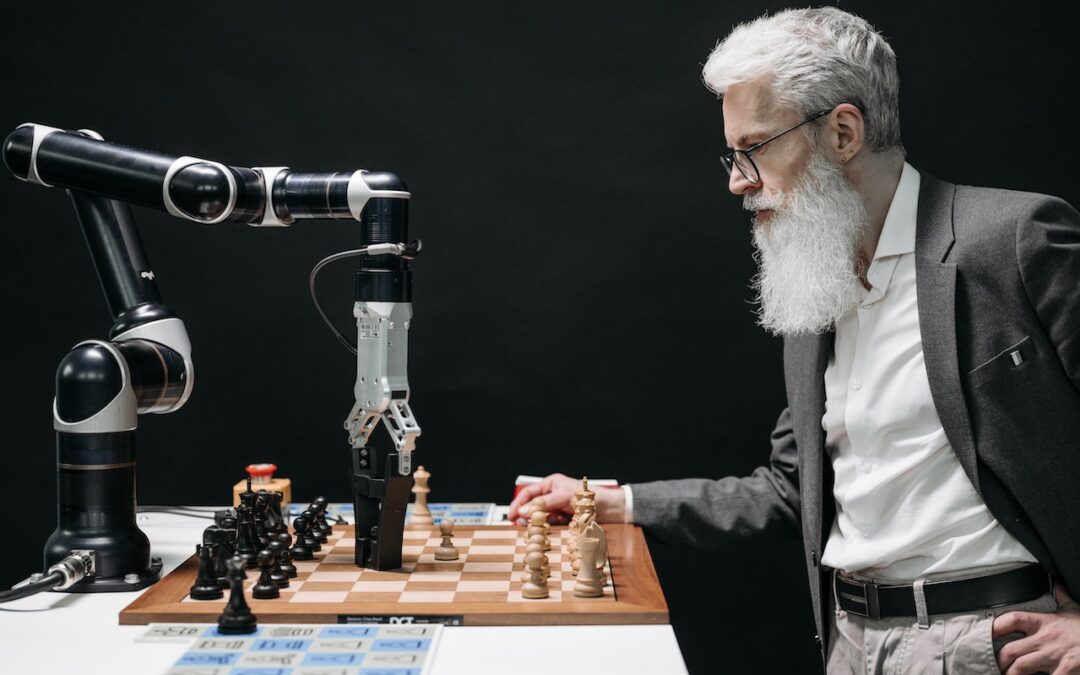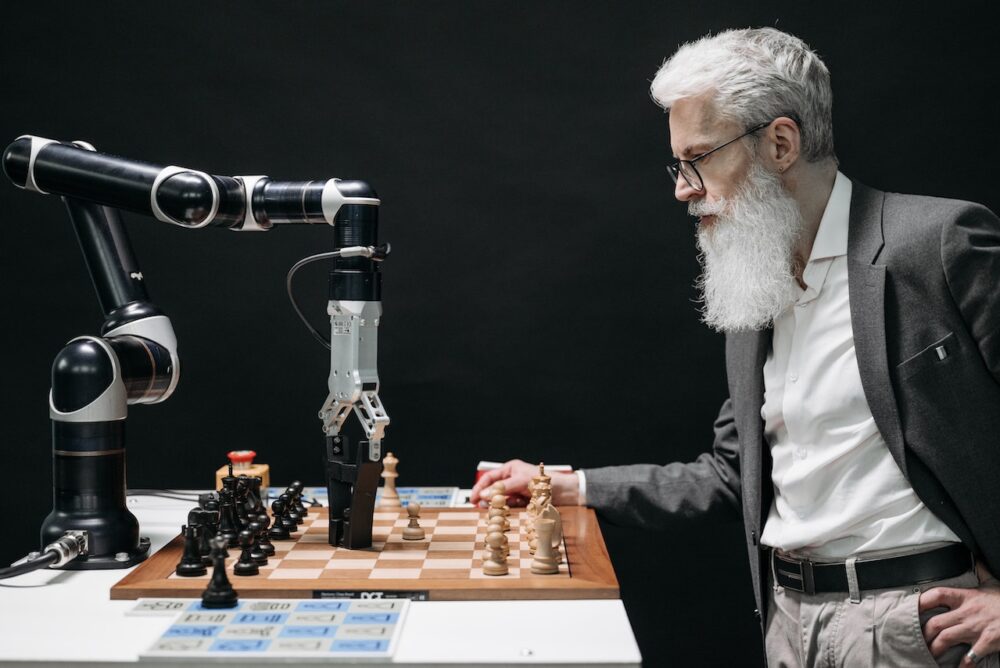
The Future of Autonomous Flying Through the Metaverse
The Future of Autonomous Flying Through the Metaverse
The metaverse, a collective virtual shared space where the physical and the digital worlds converge, is an ever-evolving platform for interaction, collaboration, and exploration. Recently, Tullio Siragusa conducted an enlightening discussion with Diana Deca, the co-founder of Nü Robotic AI, about their project, MetaPilot.
MetaPilot: A Metaverse Project by Nü Robotic AI
Diana shared that MetaPilot is a highly ambitious gaming platform and research project that aims to create a truly immersive metaverse. Nü Robotic AI uses the MetaPilot platform as a comprehensive data collection tool where the players’ actions are analyzed to improve the algorithms of real-life flying vehicles.
Drawing Parallels with Tesla
Diana compared the MetaPilot project with Tesla’s approach to training their AI algorithms for autonomous vehicles. Similar to how Tesla utilizes sensor and location data from drivers to enhance its autonomous driving algorithms, MetaPilot utilizes player data to train their algorithms for flying vehicles. This iterative process of learning and improving is what pushes their system towards full autonomy, a goal that aligns with the principles of AI development.
Safety Concerns and Future Applications
When asked about safety, Diana highlighted their proactive collaboration with regulators like Boeing and NASA. The goal is to simulate hundreds of thousands of flights under different conditions to improve safety standards and prepare for unpredictable scenarios. Ultimately, the intention is not just to transform gaming experiences, but also to enhance space applications by preparing for different gravitational situations and other unknown elements.
An Engaging Gaming Experience and Its Dual Business Model
Beyond the high-tech applications and the potential to revolutionize flight simulations, MetaPilot is also an engaging game. It’s available to anyone with a computer or VR goggles, offering an exciting entry into the metaverse. The business model comprises a dual revenue stream: the gaming subscription model and providing valuable R&D input for commercial applications.
The Path to Future Air Travel and the Startup Journey
Nü Robotic AI’s ultimate vision is the seamless integration of the metaverse into real-world applications, particularly in air travel. Diana emphasized the company’s goal to incrementally introduce technology that would eventually lead to autonomous air taxis. As she described, the idea is to treat these air taxis as “slightly cooler helicopters,” gradually adding more advanced features, such as electric or hydrogen-based propulsion, AI systems for control, and ultimately, the capability for space travel.
Conclusion
Reflecting on her journey, Diana voiced the importance of humility and learning in the startup world. She praised the value of working with various groups and organizations, like NASA and Boeing, and highlighted the unique opportunities that arise from combining her background in neuroscience with the technology industry.
In summary, the Nü Robotic AI MetaPilot project exemplifies the convergence of the metaverse and the real world. It stands as a pioneering initiative, blending gaming and serious R&D, to shape the future of autonomous flying vehicles.
Check out the video podcast about this blog by clicking here
Originally published at Tech Leaders Unplugged on May 23, 2023













Recent Comments